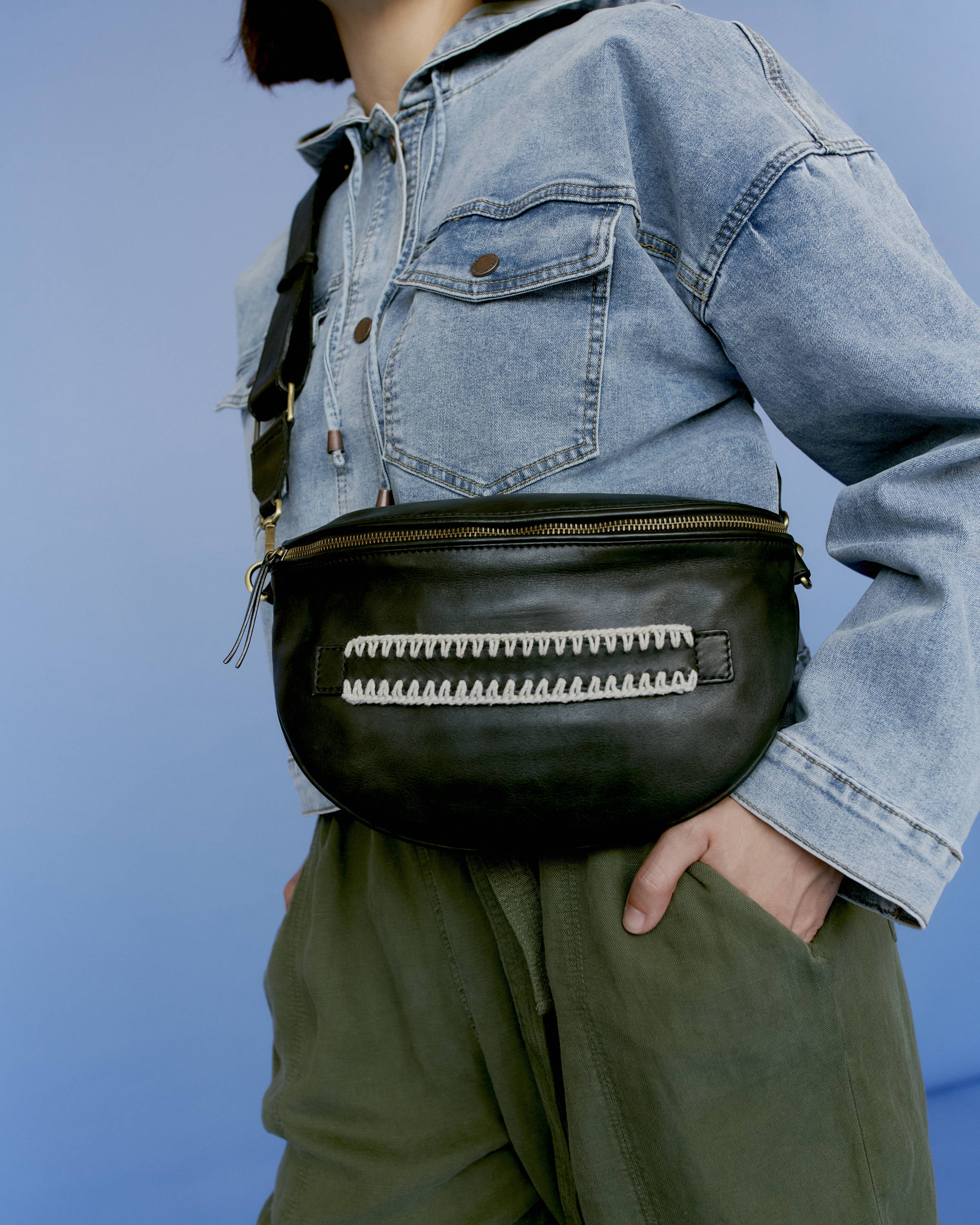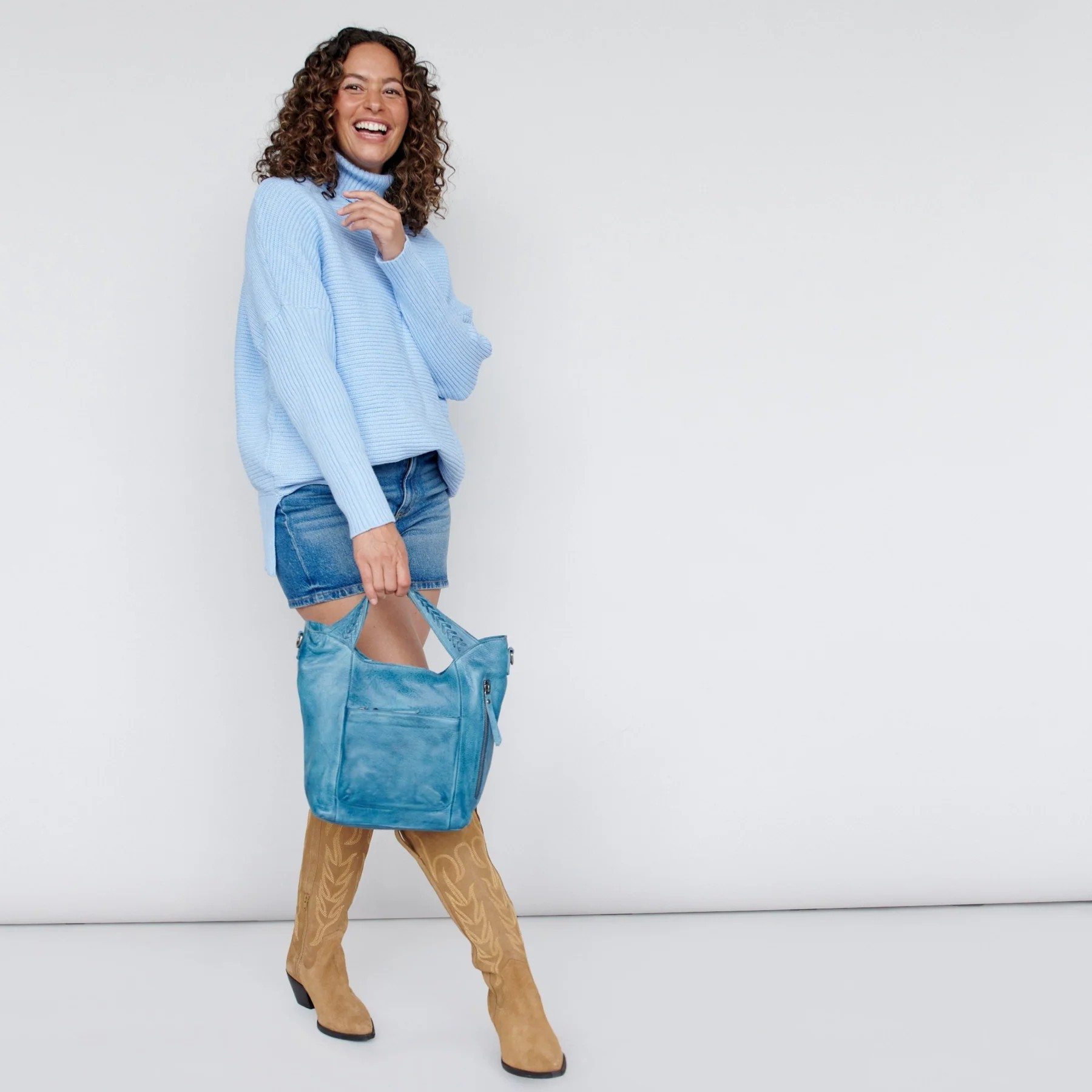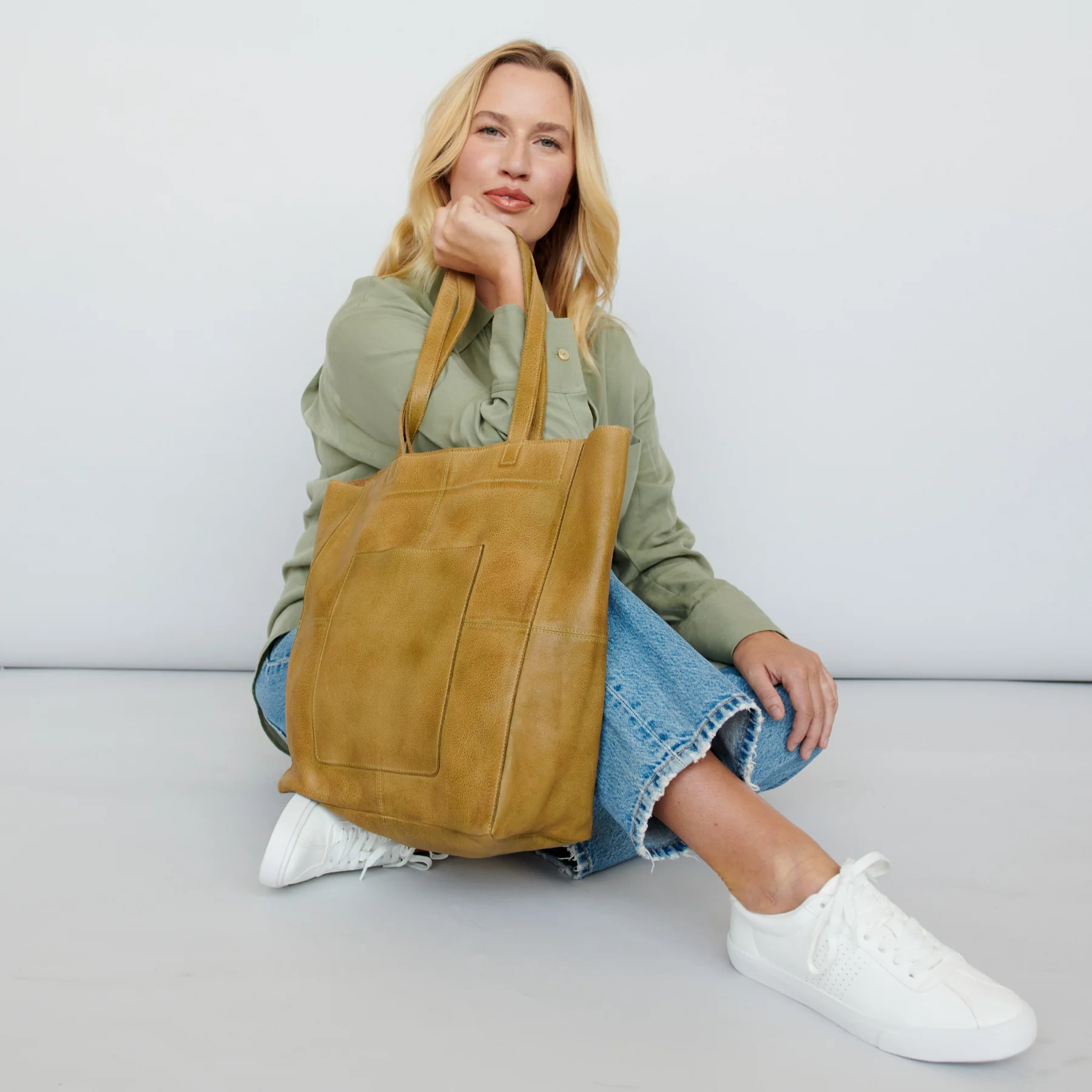
How to Soften Leather Safely: Step-by-Step Instructions
Leather, known for its style and durability, can sometimes lose its supple feel and become stiff over time. Don't worry — there are ways to restore its softness, whether you're working with a soft leather shoulder bag, jacket, or other cherished item. Here, we'll explore the common causes of stiff leather and how to soften leather to bring back its flexibility.
How to Soften Leather: 5 Proven Methods
It's possible to use everyday household items to restore a leather item — such as a stiff leather jacket, spacious leather tote, pair of leather shoes, or leather purse — to its original suppleness.
Note: Before softening or cleaning your leather, check the manufacturer's care instructions to ensure the method is appropriate for your specific leather item. Different types of leather may respond differently to softening techniques.

Before using any softening method, it's essential to clean your leather item first:
- Use a soft, dry cloth or brush to dust off visible dirt and debris.
- Mix mild soap and water to clean it gently if the leather appears exceedingly dirty.
- Use this solution to cleanse the leather, not soaking it. A damp cloth works best.
- Rinse thoroughly, ensuring no soap residue remains.
- Let the leather dry naturally, avoiding exposure to direct heat from heaters or radiators, as this might misshape your item.
1. Use Natural Oils
Natural oils like coconut, jojoba, or avocado are very effective for softening leather.
- Expose the leather to sunlight for about 10 minutes to open the pores.
- Apply a small amount of oil to a clean cloth.
- Rub the oil into the leather using broad, circular strokes.
- Allow the leather to fully absorb the oil before using it again.
Best for: Full-grain and top-grain leather. Avoid using oils on suede or nubuck to prevent discoloration or texture damage.
2. Apply Heat
Heat can soften leather quickly but use caution to avoid damage.
When using dry heat:
- Apply a moisturizing leather conditioner to the surface.
- Use a hairdryer about 6 inches away from the leather, moving it back and forth.
- Avoid concentrating heat on a single spot to prevent cracking.
When using moist heat:
- Hang the leather item in the bathroom while running a hot shower.
- Allow the damp heat to soften the material naturally.
Best for: Top-grain and full-grain leather. To prevent damaging the texture, avoid using heat on suede or nubuck.
3. Use Alcohol and Vaseline
This method is effective for rejuvenating old or stiff leather.
- Rub alcohol onto the leather using a cloth.
- Let the alcohol dry completely.
- Apply Vaseline to the dried leather with circular motions.
- Allow the Vaseline to penetrate overnight.
- Wipe off any excess Vaseline in the morning.
Best for: Full-grain leather and top-grain leather. Avoid using this method on suede, nubuck, or delicate finishes.
4. Use Water and Moisture
Water can help soften leather when you apply it sparingly.
- Spray a fine mist of water onto the leather surface without soaking it.
- Wipe away any excess water with a dry cloth, leaving the leather damp but not wet, as leather is not entirely waterproof.
- Let the leather air-dry naturally, avoiding direct heat sources.
- Once it's dry, apply a leather conditioner to restore its moisture.
Best for: Suede and nubuck when you mist them lightly, as well as top-grain and full-grain leather. Avoid soaking to prevent water stains.
5. Use a Leather Conditioner
Leather conditioners are explicitly designed to restore moisture and soften leather for certain leather types. (Note that we don't recommend using a conditioner on our leather products.) Always check with the manufacturer for instructions.
- Choose a high-quality leather conditioner that's suitable for your item.
- Apply a small amount to a clean cloth or sponge.
- Rub the conditioner into the leather using circular motions, focusing on the stiff areas.
- Allow the conditioner to penetrate for several hours or overnight.
- Buff the leather with a dry cloth to remove excess and restore its natural sheen.
Best for: All types of leather, including full-grain, top-grain, suede, and nubuck, as long as the conditioner suits your specific type of leather.
Different Leather Types and How They Affect Stiffness
The type of leather plays a significant role in its stiffness and flexibility. Understanding these differences can help you choose the proper method for softening your leather and maintaining its quality.
- Full-grain leather: Known for its durability and natural grain, it is often stiffer initially but becomes more pliable with use and proper care. Its thickness and lack of surface treatment make it naturally more robust.
- Top-grain leather: Sanded to remove imperfections, it is softer and more flexible than full-grain leather. It can still become stiff over time, mainly if it dries out.
- Suede leather: Made from the underside of hides, suede is naturally soft and pliable. However, it can lose flexibility and become stiff if exposed to water or cared for improperly.
- Nubuck leather: Similar to suede but made from the outer layer of hides, nubuck is soft but more durable. It can stiffen if not regularly conditioned or exposed to harsh conditions.
- Patent leather: Due to its synthetic finish, its glossy, coated surface remains relatively rigid. It doesn't soften quickly and requires minimal care to maintain its structure.
- Bonded leather: Made from leather scraps and synthetic binders, bonded leather is less durable and can become brittle or stiff more quickly than other types of leather.
Causes of Leather Stiffness
Often, leather stiffness can be traced back to three leading causes.
- Type of leather: Leather comes from various animals, and each type has different characteristics and degrees of stiffness. For example, bovine leather is tough and durable; deerskin is softer and more pliable; and lambskin is the smoothest and most delicate.
- Environmental stressors: Excessively dry or moist climates can wreak havoc on leather's structural integrity, distorting its flexibility. Exposure to direct sunlight or high temperatures can also cause leather to stiffen.
- Age and usage: Aging triggers the leather's natural oils and moisture evaporation, causing a loss of flexibility. Even sustained usage of leather goods, such as a highly favored pair of boots or a go-to leather handbag, can result in rigidity.

How to Prevent Leather From Becoming Stiff
Adopting a proactive approach to leather care is crucial to keeping your leather items soft and supple. The following measures can prevent damage to your leather.
- Clean them regularly: This eliminates dirt and oils that can accumulate over time, stiffening the leather. A gentle leather cleaner with a pH close to that of leather (pH 4.5) works best.
- Store them properly: To prevent dust accumulation, use breathable dust covers or cotton sheets with leather bags, jackets, and shoes. Store the leather items in a cool, dry place to ensure the natural oils do not dry out.
- Perform regular maintenance: Leather conditioning replenishes the natural oils, restoring the leather's suppleness. Just be sure to select a conditioner that suits your leather type.
- Avoid direct sunlight or high heat: Prolonged exposure can fade, dry, and eventually crack the leather.
Common Mistakes to Avoid When You Soften Leather
When softening leather, avoid common mistakes that could harm your item. Over-conditioning can lead to oversaturation, potentially causing more harm than good. Always use the correct leather conditioner for your item and follow the manufacturer's recommendations to prevent damage.
Never dry your leather with direct heat or place it near a heater, as this can make the material hard and brittle. Additionally, steer clear of harsh chemicals or abrasive cleaning materials, as they can severely damage the leather's surface and integrity.
Avoid using water on waterproof-treated leather, such as commuter leather backpacks or genuine leather laptop bags, as it may cause spotting.
Frequently Asked Questions
How do you soften leather quickly?
You can soften leather quickly by applying a leather conditioner or natural coconut oil.
How do you make soft leather hard?
To harden soft leather, treat it with water, mold it into the desired shape, and allow it to dry naturally; applying wax can further stiffen and protect the surface.
Why does leather stiffen and lose its appeal over time?
Leather stiffens due to various factors, including the type of leather, environmental conditions, age, and usage.
How can I soften vegetable-tanned leather?
You can use a suitable conditioner for vegetable-tanned leather. Careful heat application can also soften this type of leather. Beware of applying too much heat, as it could damage the leather.
Does oil-tanned leather respond well to natural oils?
Yes, oil-tanned leather generally responds well to natural oils such as coconut and mink. Apply the oil sparingly and evenly to the leather surface.
How can I prevent leather from stiffening?
Preventive measures for leather include:
- Regular cleaning.
- Proper storage in a cool and dry place.
- Diligent maintenance with suitable leather conditioners.
- Avoid direct exposure to sunlight and high heat.
What are the common mistakes to avoid in leather care?
Common mistakes include overconditioning and the use of harsh chemicals. These can damage the leather and may result in stiffness and discoloration. Stick to products and practices specifically designed for leather care.

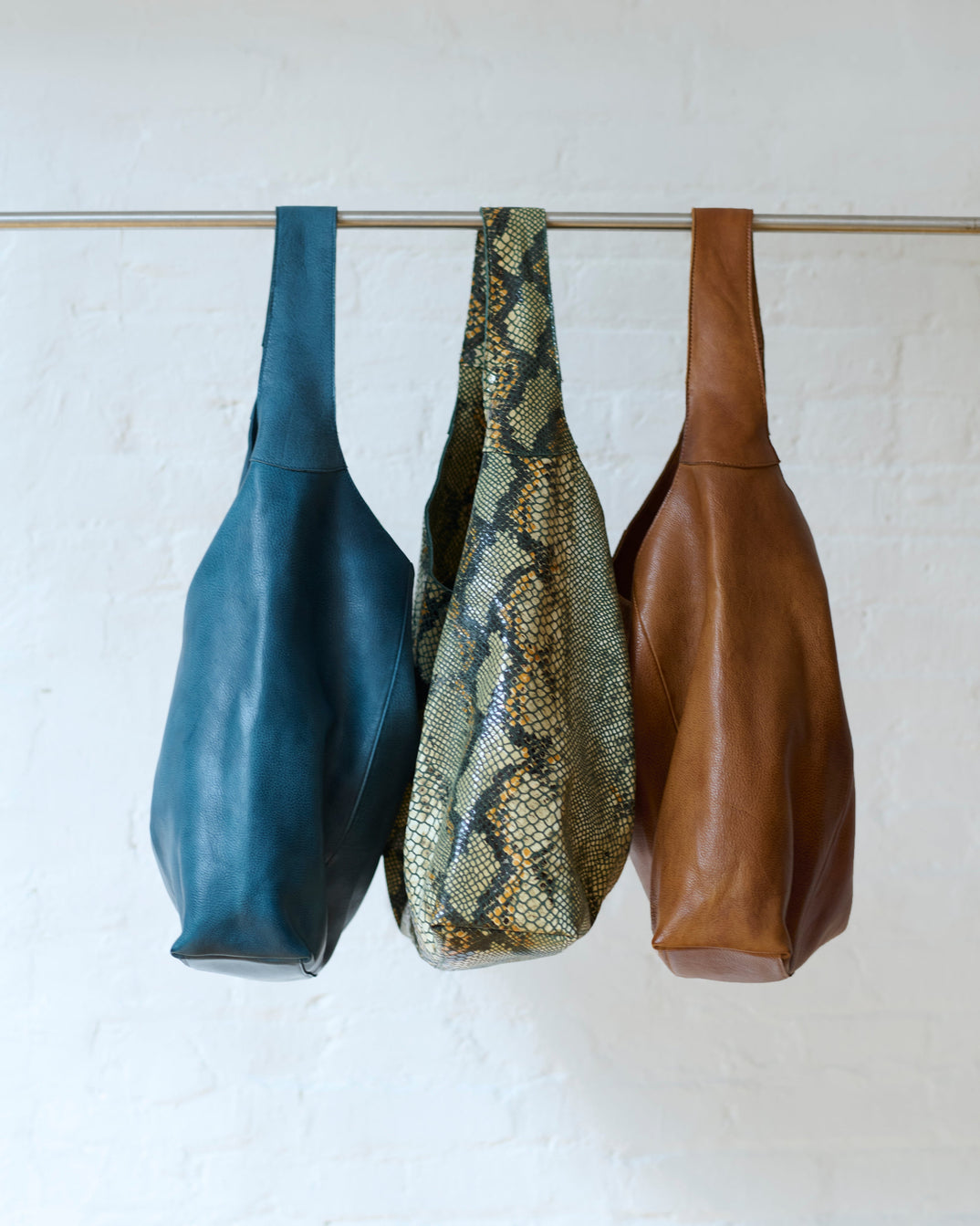
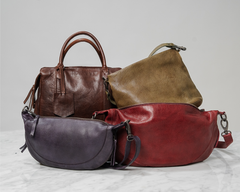
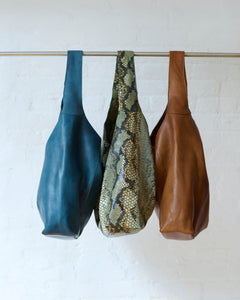
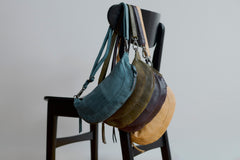
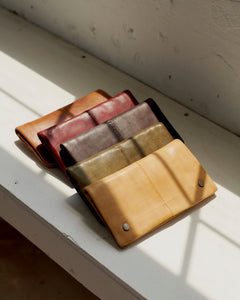


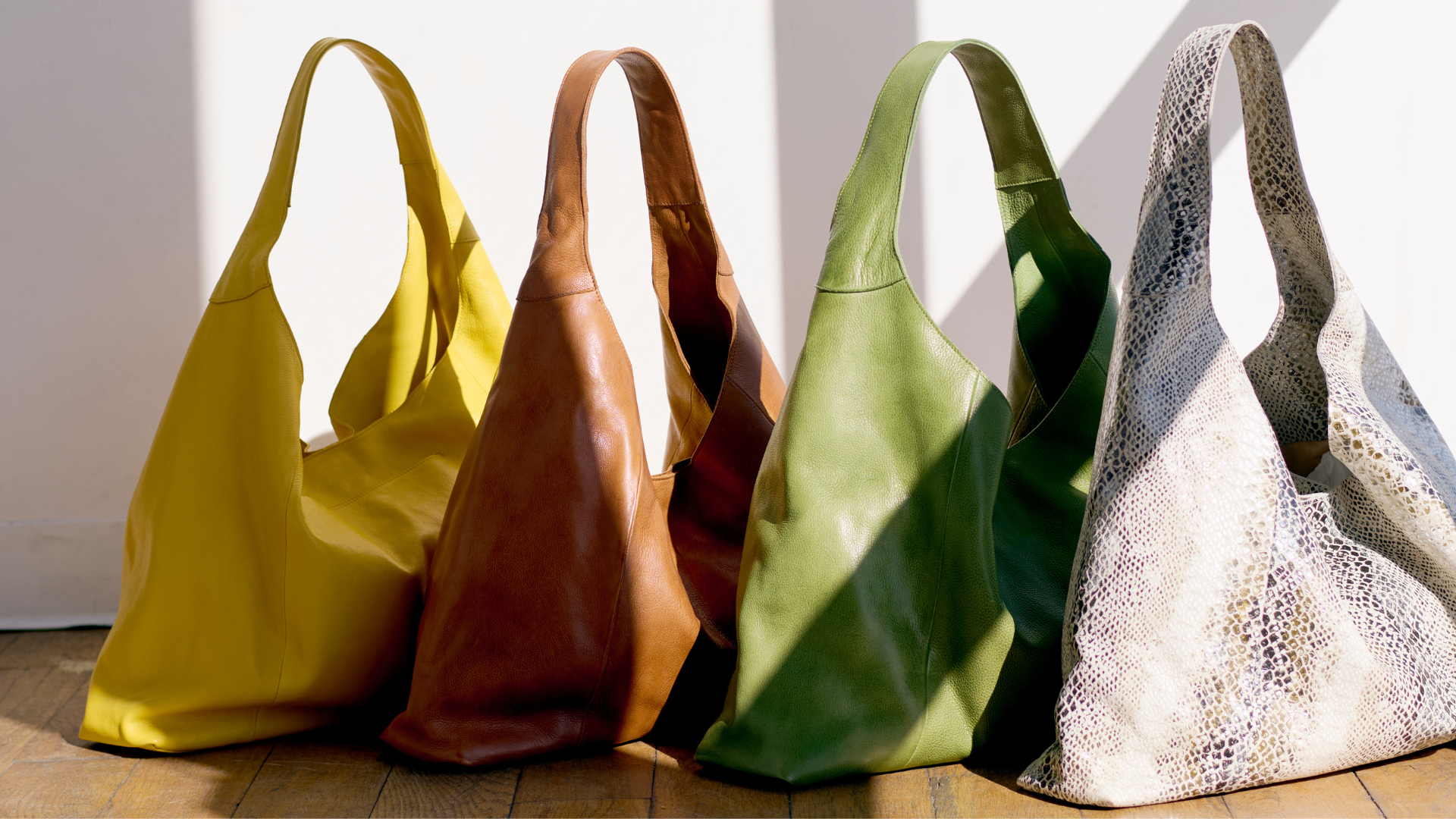
 Black
Black Bubble Black
Bubble Black Charcoal
Charcoal Cognac
Cognac Brown
Brown Cafe
Cafe Walnut
Walnut Almond
Almond Saddle
Saddle Eggplant
Eggplant Oxblood
Oxblood Burgundy
Burgundy Aubergine
Aubergine Tan
Tan Hazel
Hazel Ballet Slipper
Ballet Slipper Blush
Blush Camel
Camel Red
Red Orange
Orange Natural
Natural Burnt Orange
Burnt Orange Poppy
Poppy Plum
Plum Rosa
Rosa White
White Oat
Oat Grey
Grey Cobra
Cobra Desert Trail
Desert Trail Denim
Denim Indigo
Indigo Emerald
Emerald Teal
Teal Turquoise
Turquoise Sky Blue
Sky Blue Grass
Grass Green
Green Moss
Moss Olive
Olive Yellow
Yellow Lemon
Lemon Honey
Honey Chartreuse
Chartreuse Mustard
Mustard